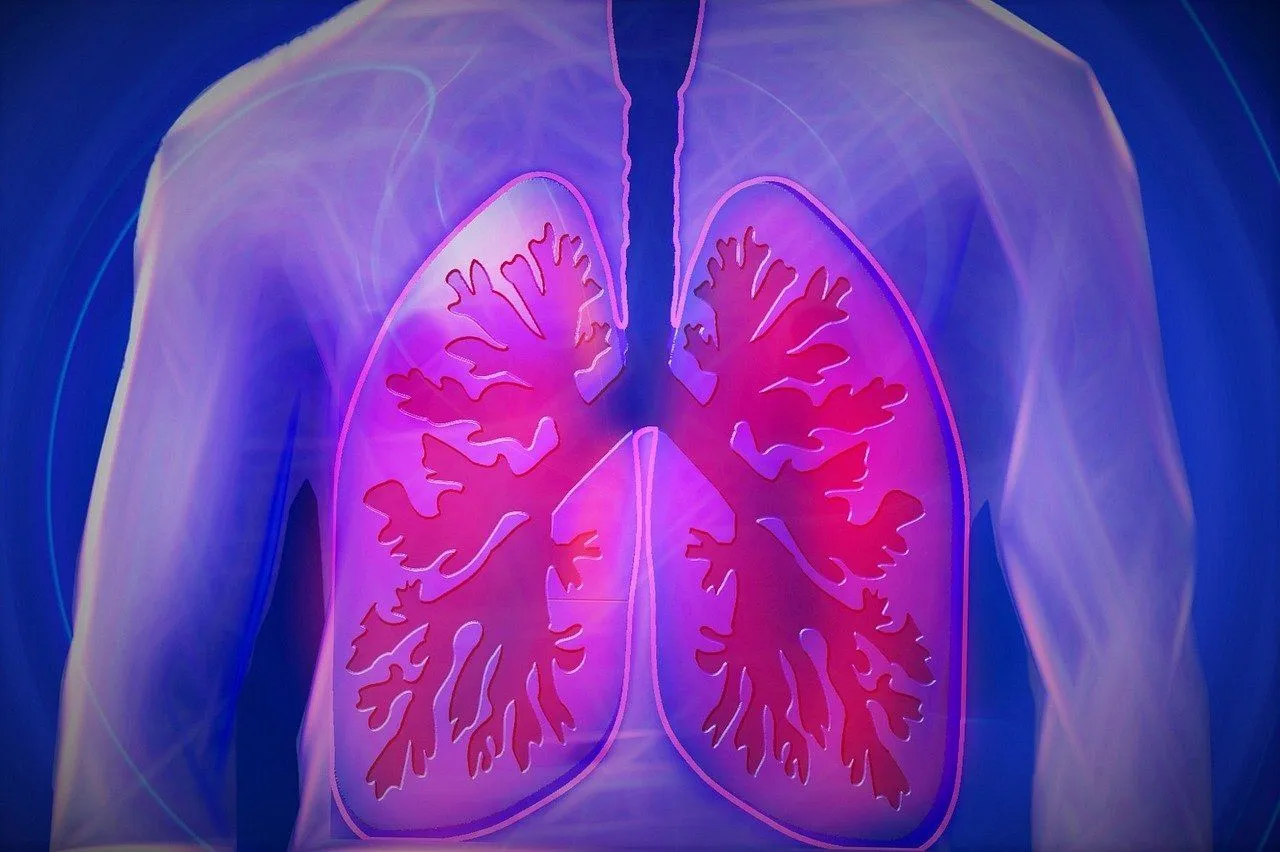Follow us on Google News (click on ☆)
This is evidenced by a study published in the Journal for Immunotherapy of Cancer, conducted by chemists from the CNRS in collaboration with a team from the Gustave Roussy Institute.

Illustrative image Pixabay
With nearly 2 million deaths each year, lung cancer ranks second among the most prevalent cancers worldwide. Even today, its most common form has a five-year survival rate of less than 18% despite the various therapeutic treatments available.
Overcoming these tumors remains challenging, largely because cancer cells develop drug resistance. The cytotoxicity induced by high-dose chemotherapy can indeed trigger epigenetic modifications in cancer cells. In particular, certain chemical modifications of histones* are among the epigenetic factors that control gene expression and allow cancer cells to counteract chemotherapeutic effects.
Two enzymes, histone acetylase (HAC) and histone deacetylase (HDAC), control these chemical modifications (addition or removal of an acetyl group on histones). In lung cancer, overexpression of HDAC enzymes is usually associated with a poor prognosis. Treatment with HDAC inhibitors could improve this prognosis by suppressing drug resistance. However, to date, only four HDAC enzyme inhibitors have been approved by the United States Food and Drug Administration, primarily effective on blood cancers and less so on solid tumors.
Recently, scientists from the Biomolecules: Design, Isolation, Synthesis Laboratory (BioCIS, CNRS/Université Paris-Saclay) identified a small molecule named QAPHA,** which effectively inhibits the HDAC6 enzyme. In collaboration with a team from the Gustave Roussy Institute, they studied its mechanism of action in a mouse model of lung cancer.
They demonstrated that inhibition of HDAC6 by QAPHA induces immunogenic cell death by increasing certain proteins associated with cell death. Hence, even at very low concentrations, QAPHA induces complete tumor regression in about 50% to 70% of mice treated with intratumoral injection.
But that's not all! Treatment with QAPHA also triggers a lasting anticancer immune response against lung cancer in mice. Through a chemical proteomics study (global protein analysis) of the tumor space, they showed that QAPHA treatment leads to tumor infiltration by certain macrophages and cytotoxic T lymphocytes. This is because it is accompanied by the overexpression of a receptor recognized by the immune system on the surface of cancer cells, which can no longer go unnoticed.
These encouraging results make QAPHA a very promising new multi-target inhibitor capable of inducing cell death while enhancing the specific antitumor response of cytotoxic T lymphocytes. The study, published in the Journal for Immunotherapy of Cancer, opens new therapeutic perspectives for the treatment of lung cancer.
Reference:
Dual molecule targeting HDAC6 leads to intratumoral CD4+ cytotoxic lymphocytes recruitment through MHC-II upregulation on lung cancer cells
Sarah Ducellier, Mélanie Demeules, Boris Letribot, Massimiliano Gaetani, Chloé Michaudel, Harry Sokol, Abdallah Hamze, Mouad Alami, Mégane Nascimento & Sébastien Apcher.
Journal for ImmunoTherapy of Cancer 2024
https://doi.org/10.1136/jitc-2023-007588